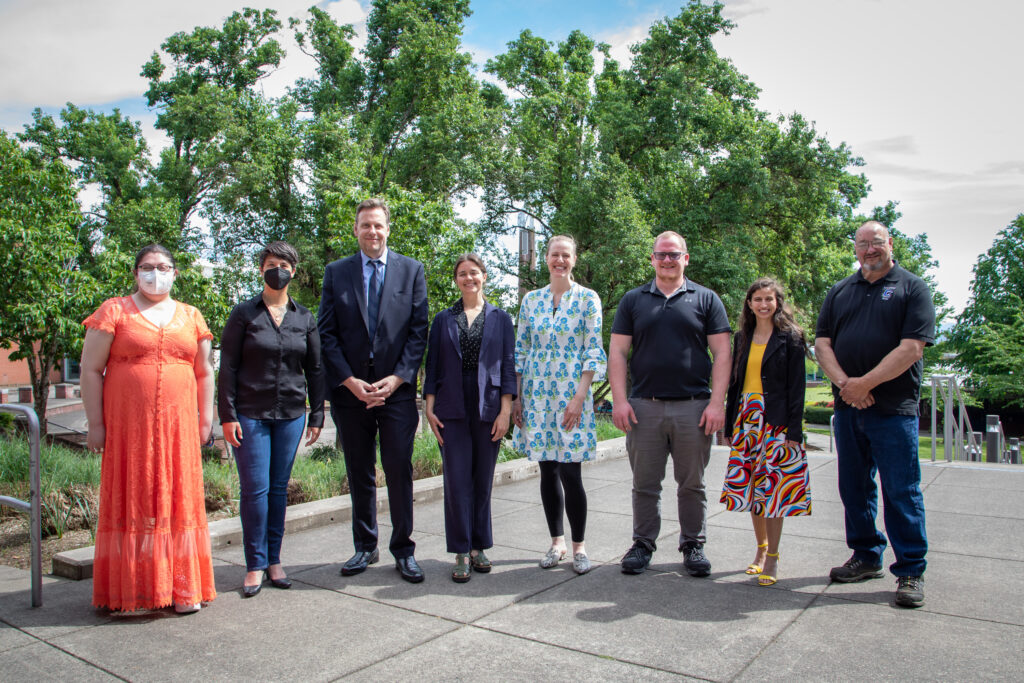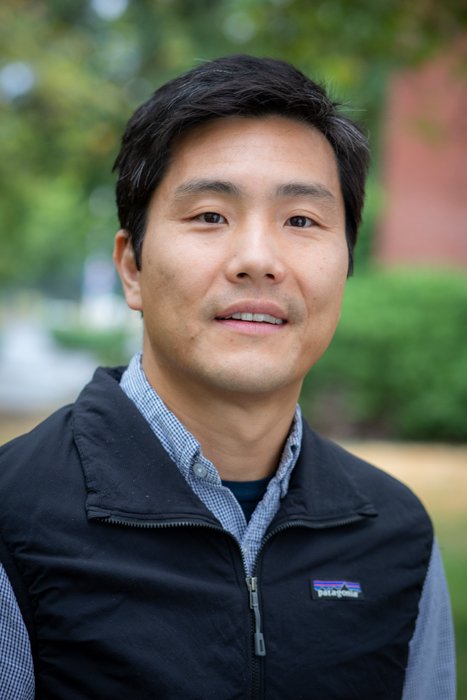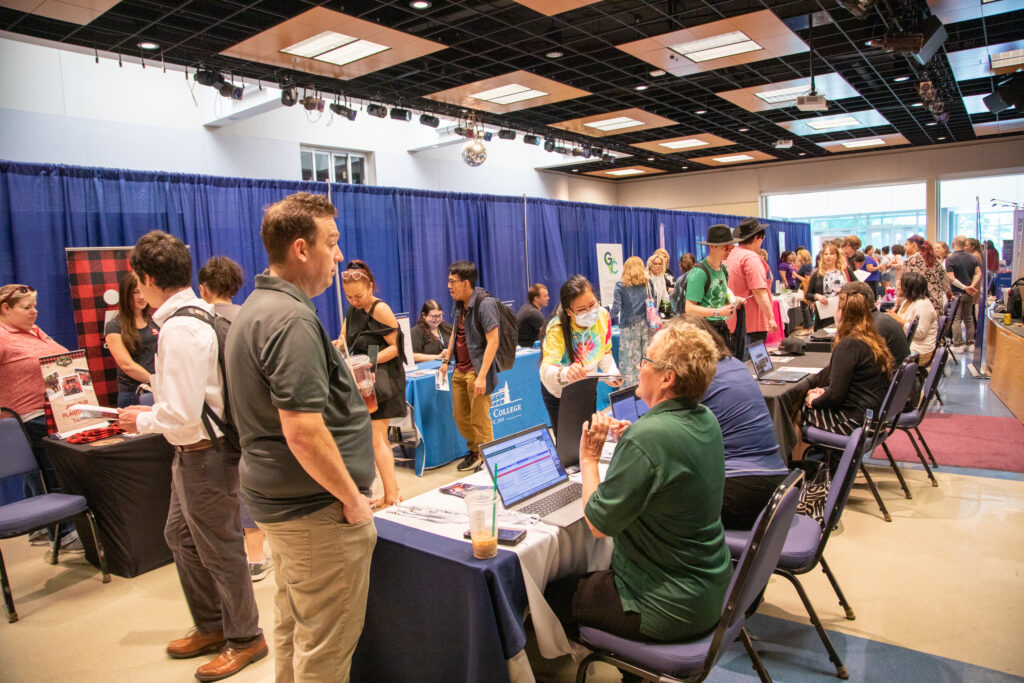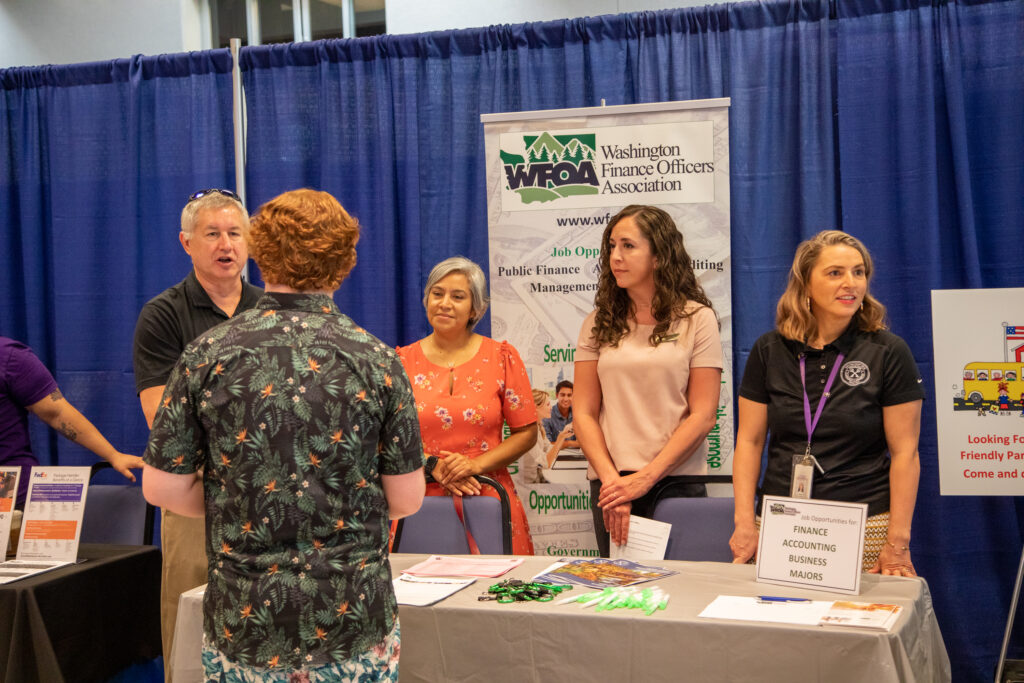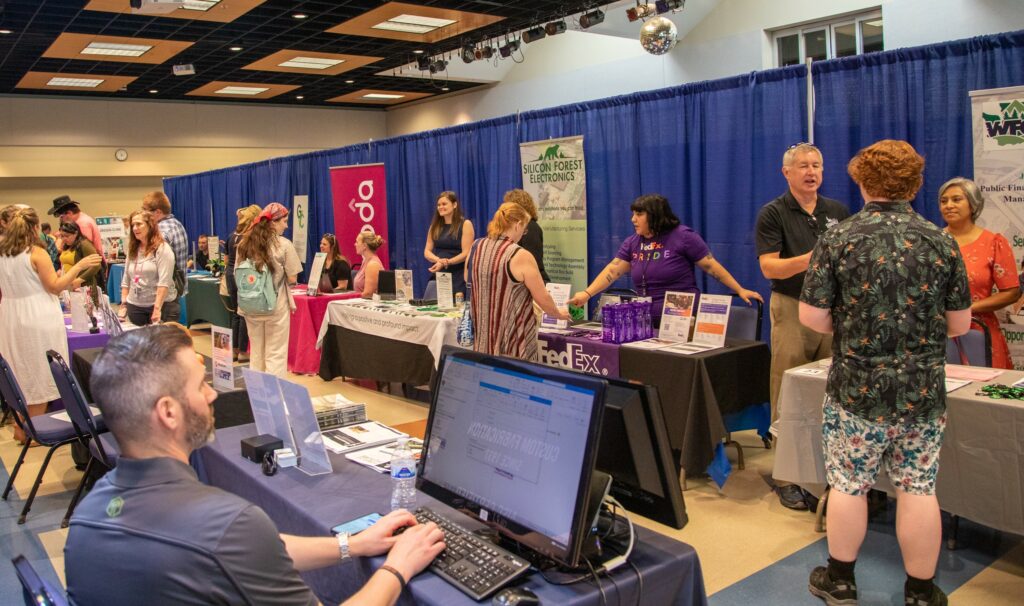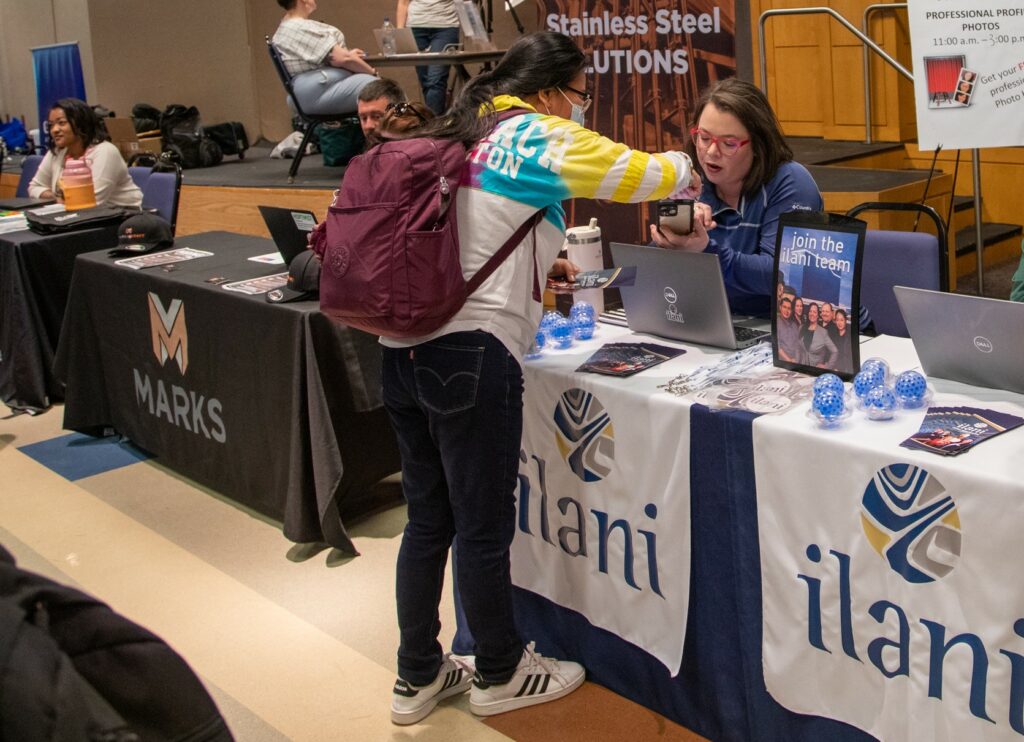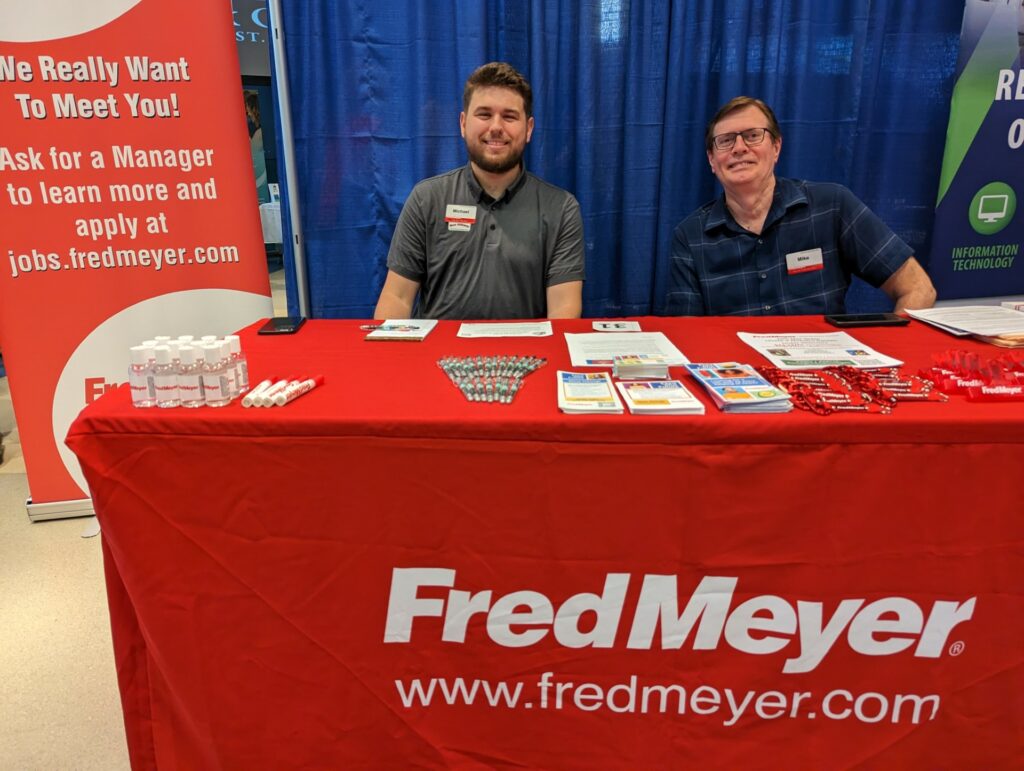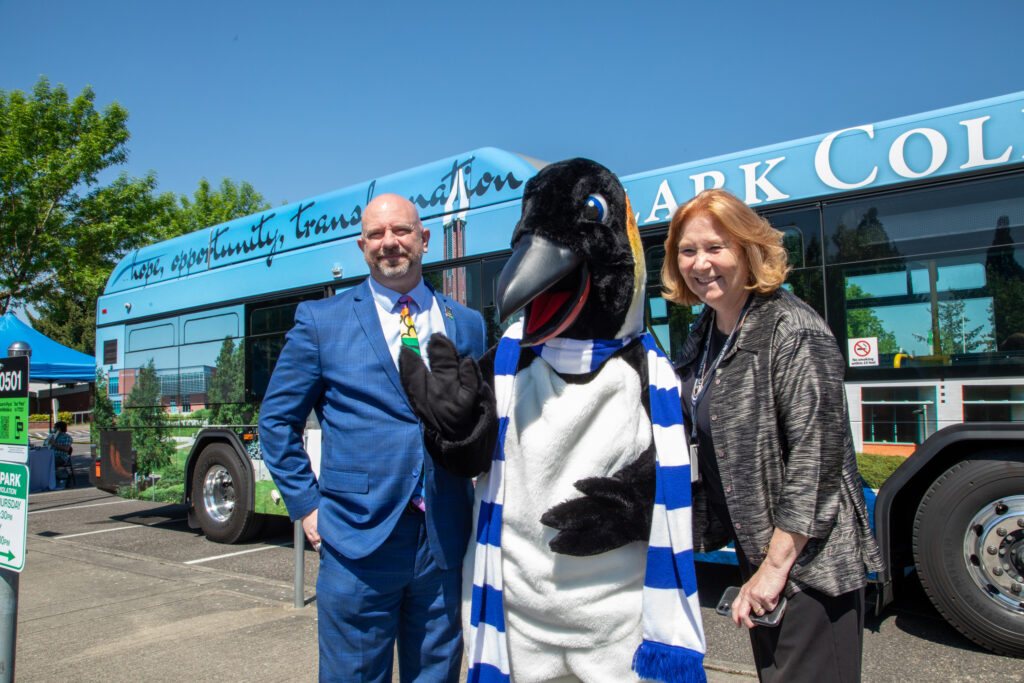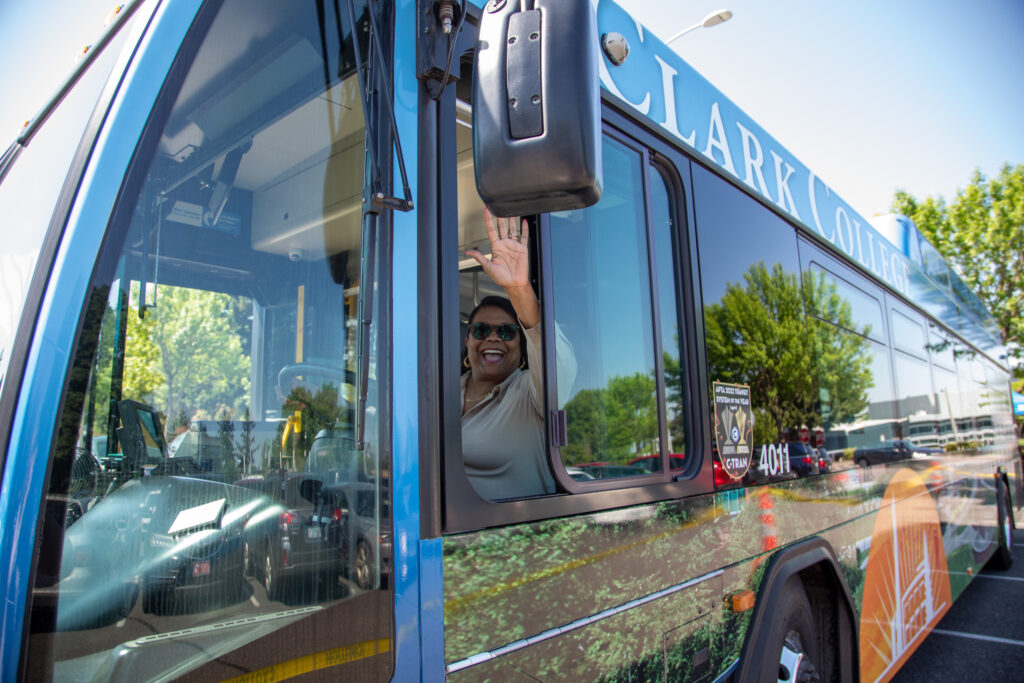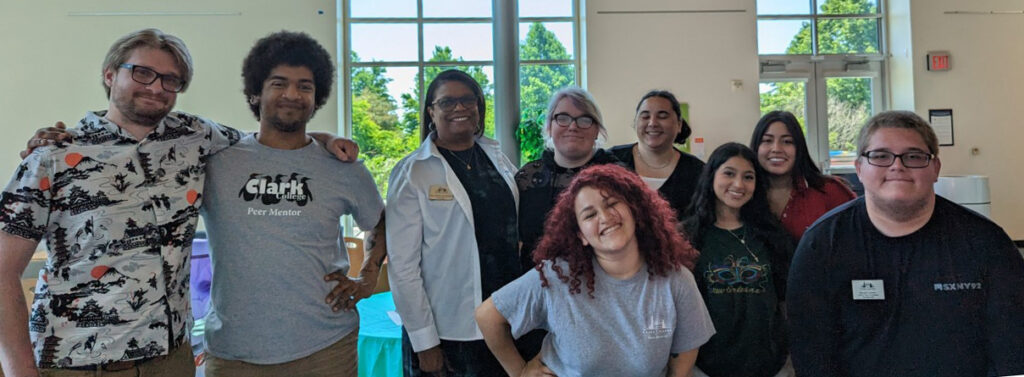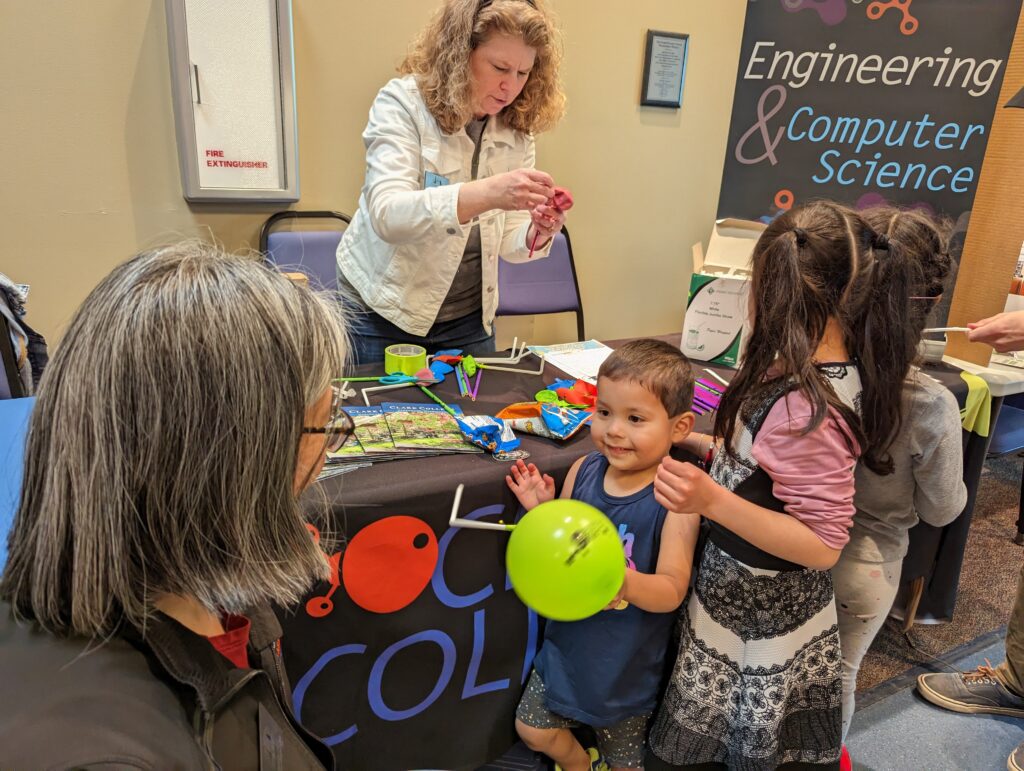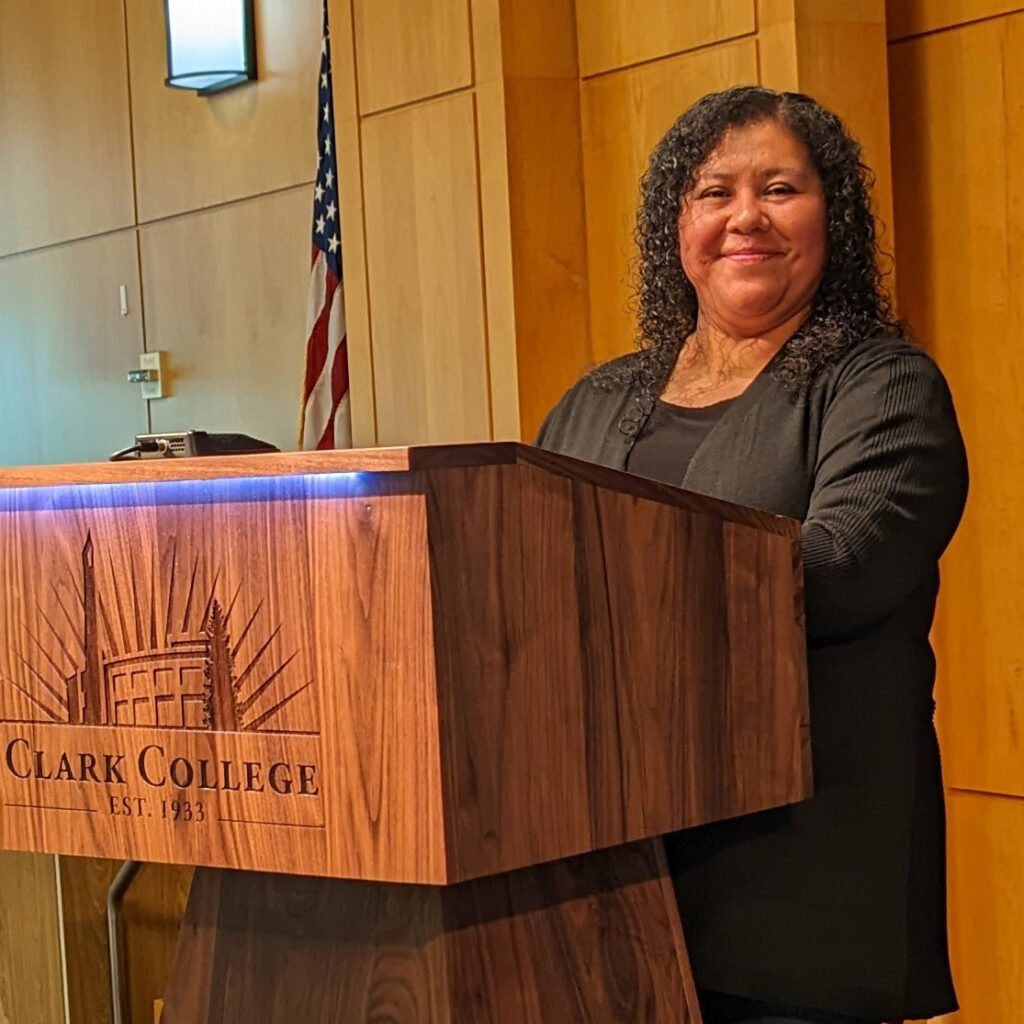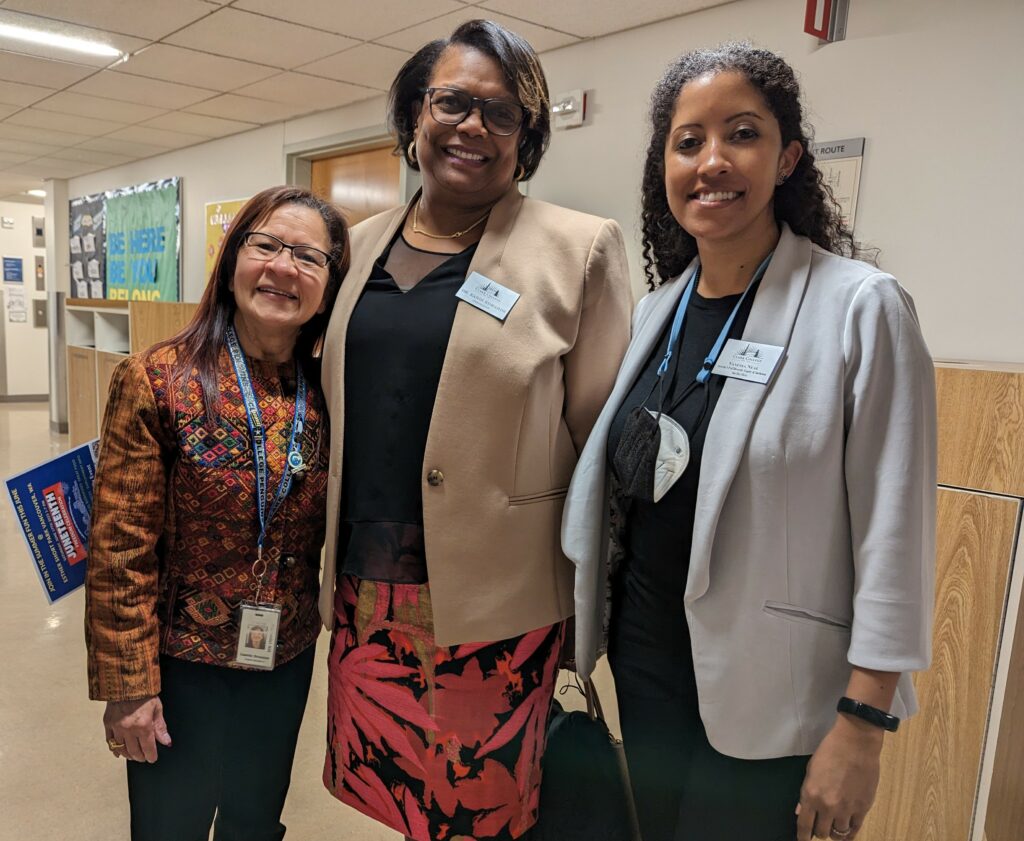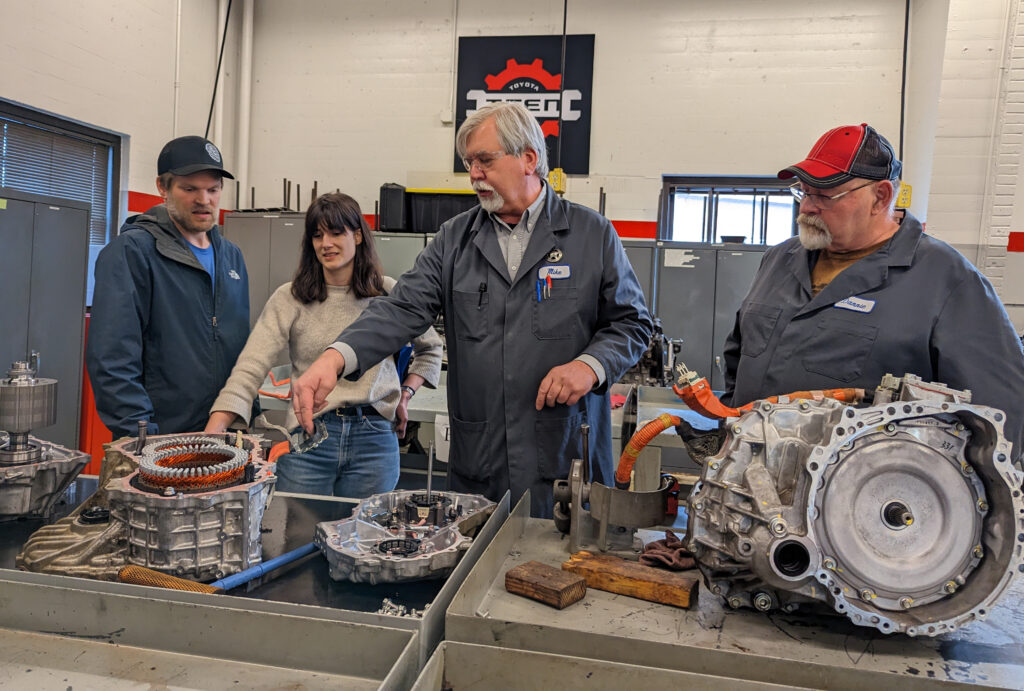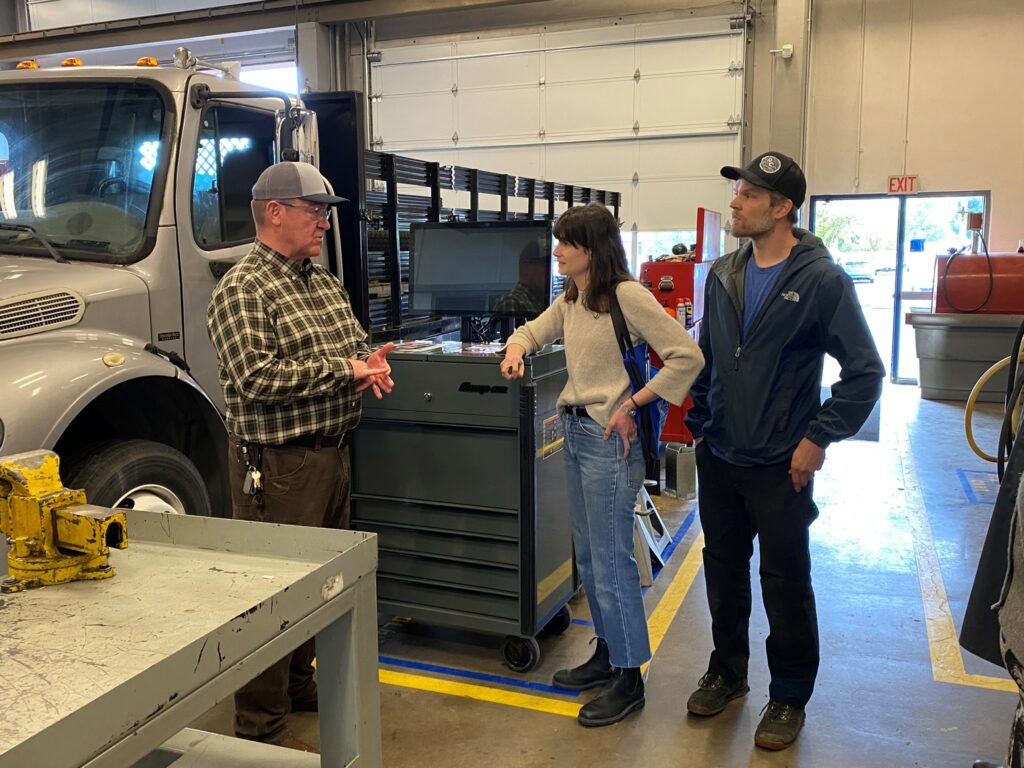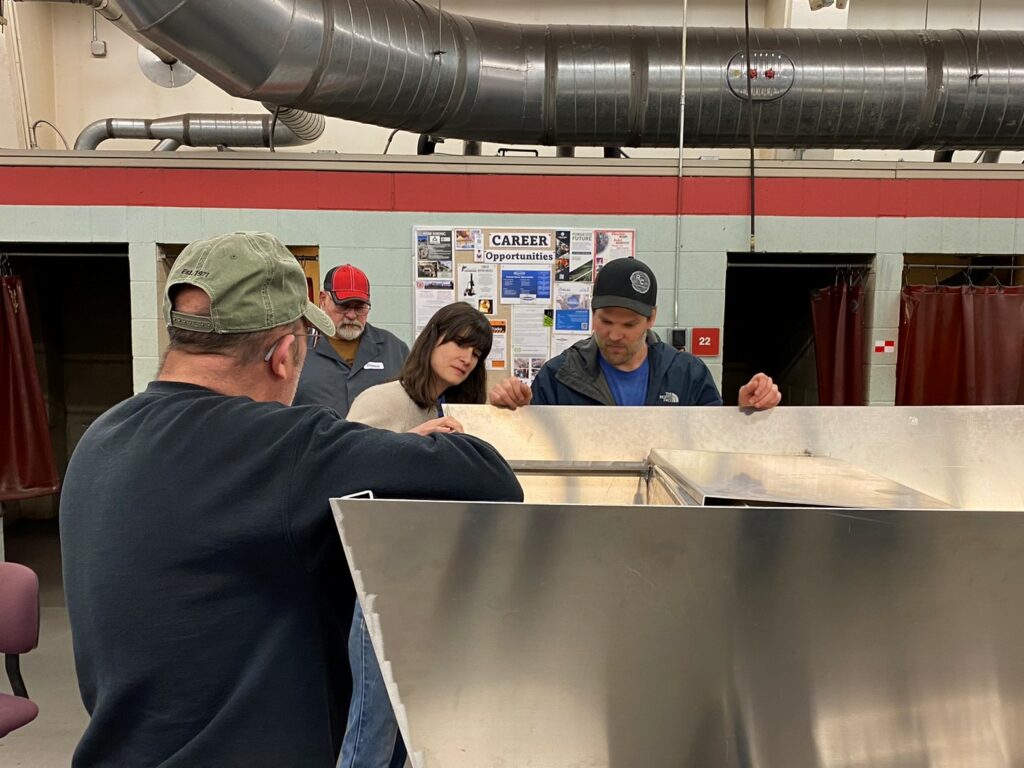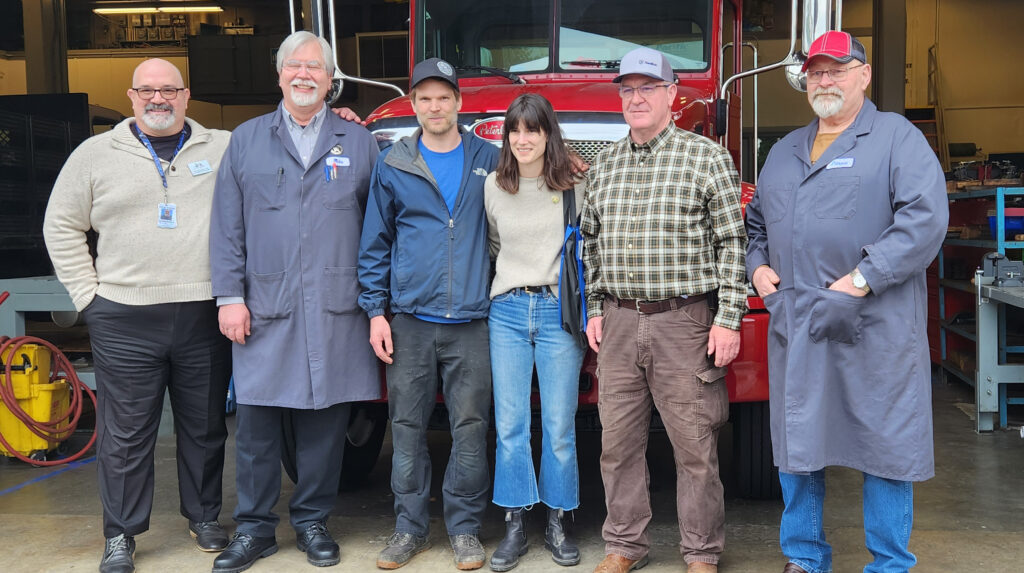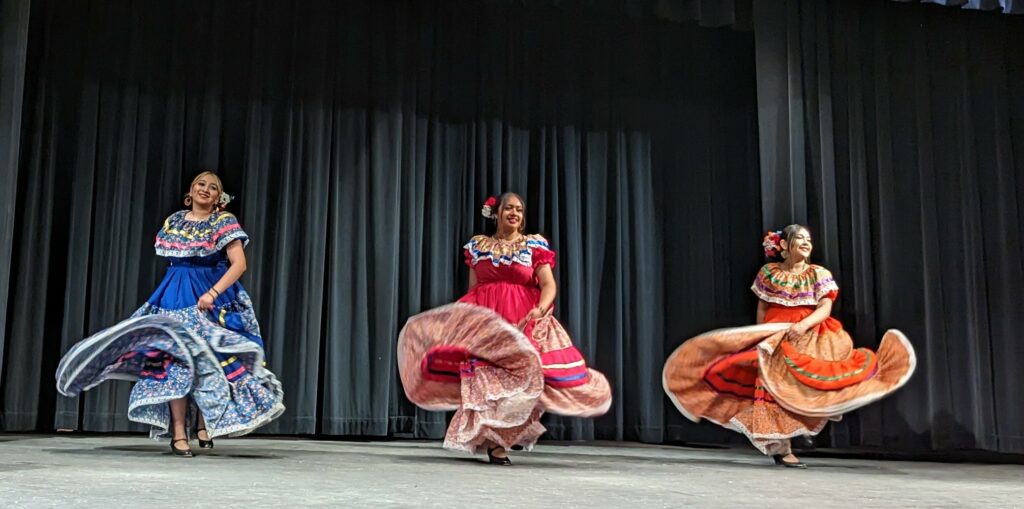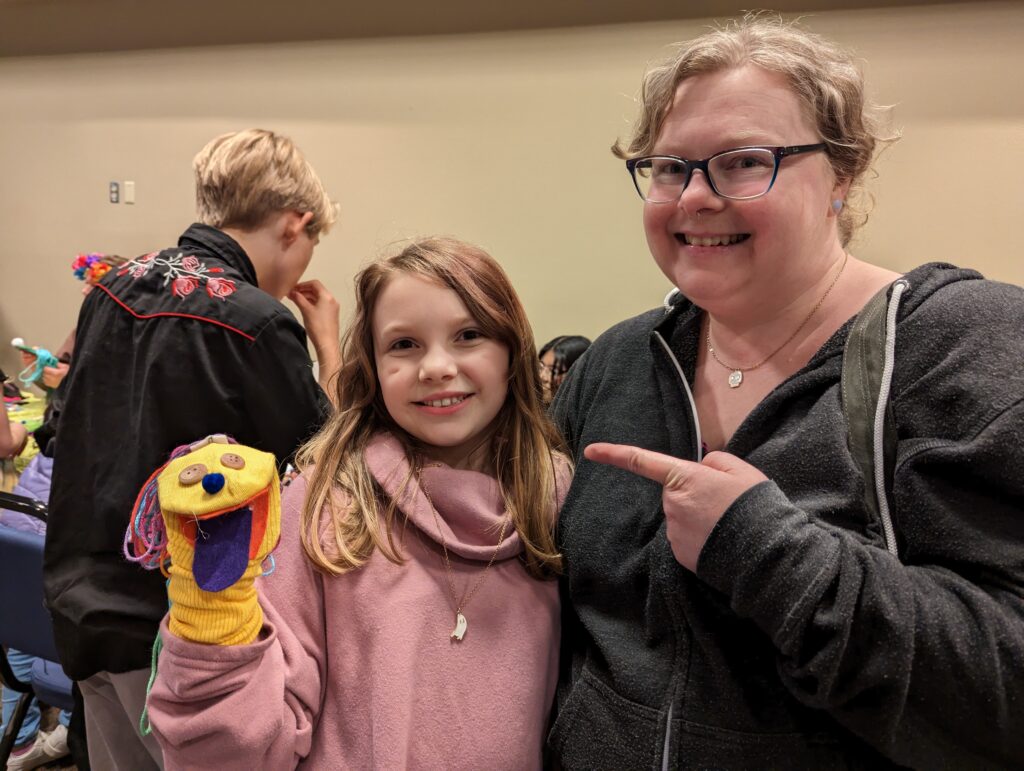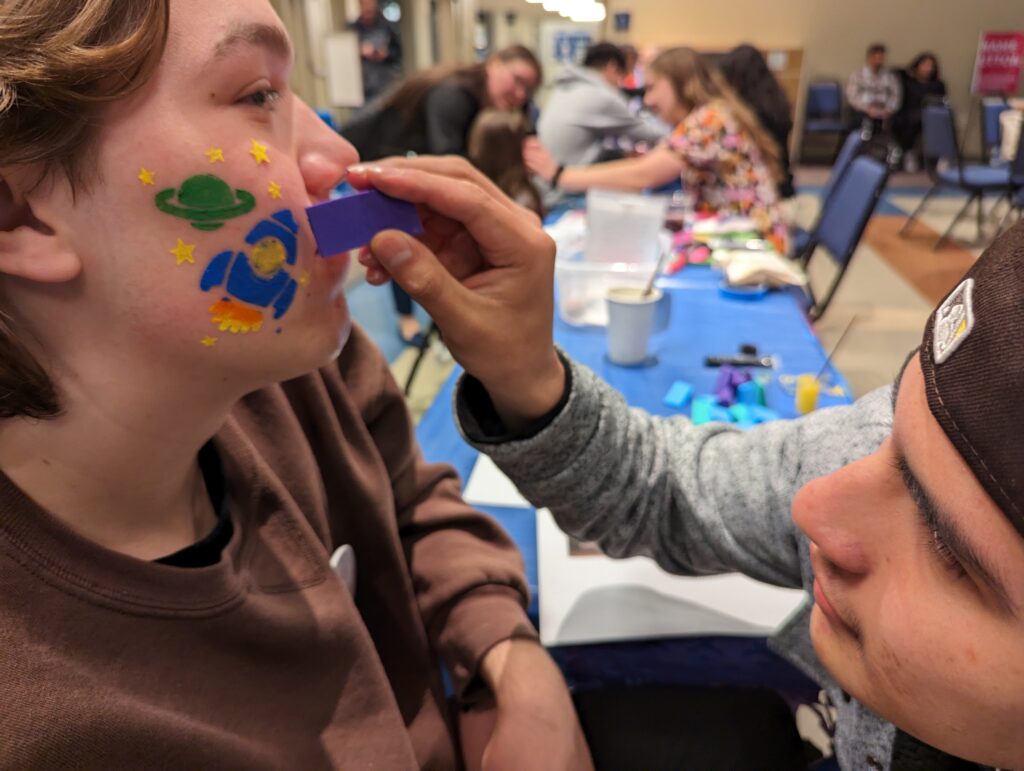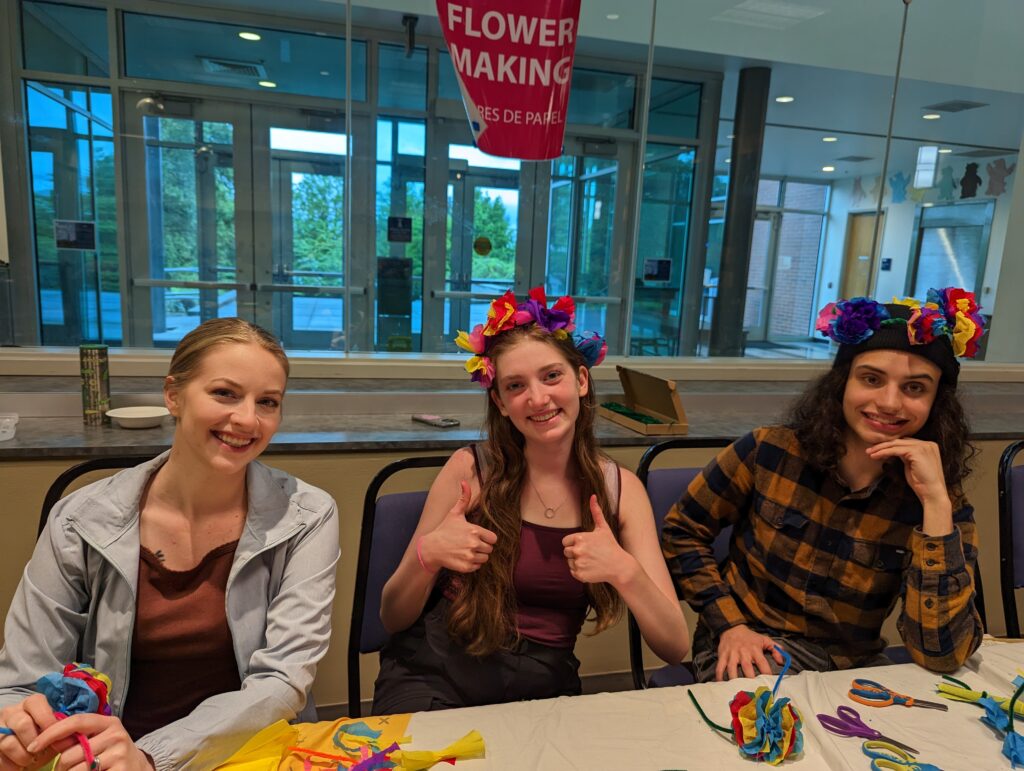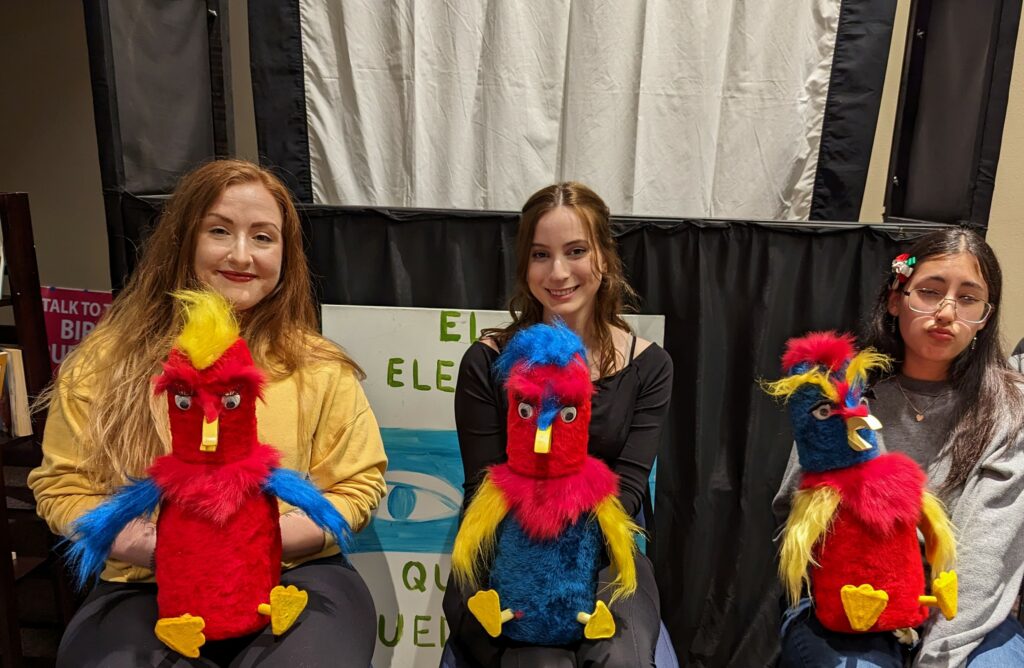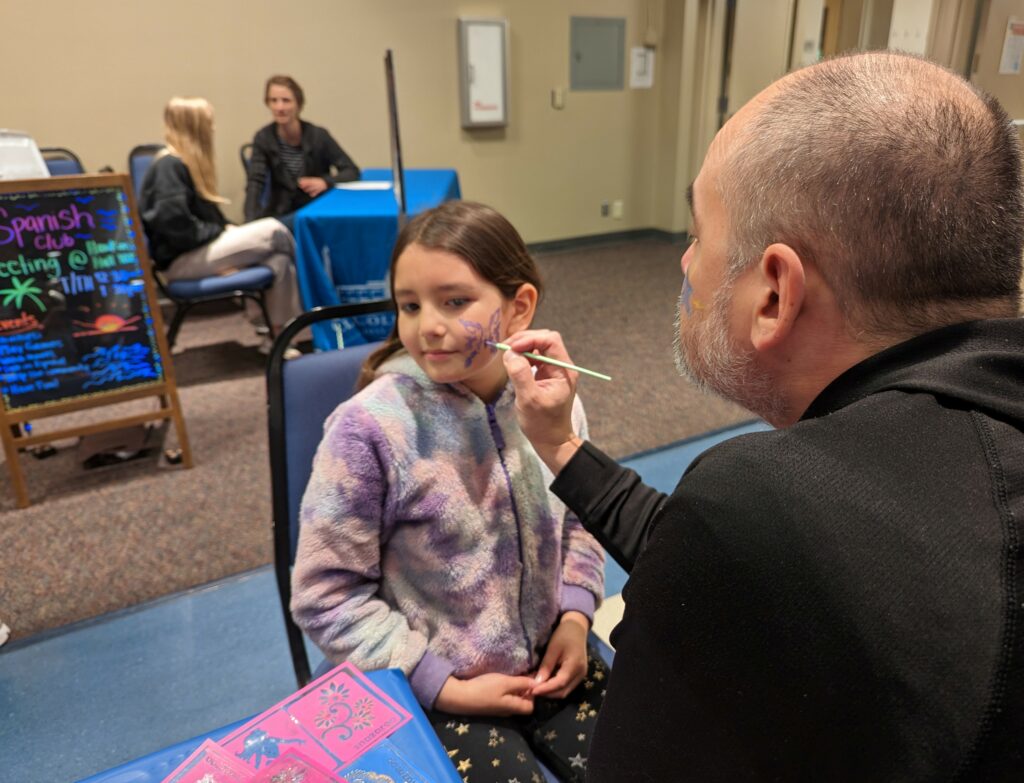Guided Pathways
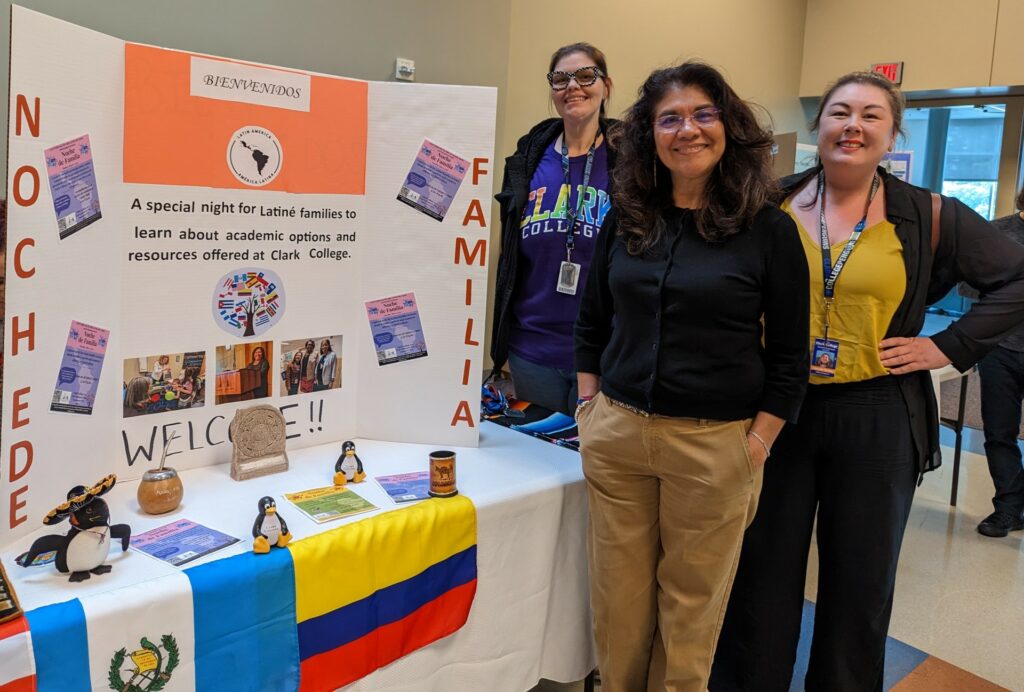
Clark College held its first Guided Pathways and Strategic Enrollment Management (SEM) Fair on May 22 in Gaiser Hall. Geared for college faculty and staff, the event was a showcase for programs and departments to demonstrate their development of Guided Pathways framework.
Attendees viewed project exhibits and talked to project leads. They learned about projects and activities that connect students to sustainable career pathways through increased enrollment, improved retention and completion, reducing equity gaps, and ensuring robust program options and resources and culturally inclusive classroom environments.
What is Guided Pathways?
Clark College and other Guided Pathways colleges focus on making academic-to-career pathways clear for students.
Guided Pathways’ college framework provides students with clear program options, an understanding of how to identify the best options for them, support to develop a comprehensive plan for completion, tools for addressing and resolving any challenges along the way, and imbedded outcomes assessment. Internally, it is a vehicle for collaboration between departments toward student outcome goals.
Clark has an extensive Guided Pathways framework that will lead to improved student outcomes in the next several years.
How Clark is implementing Guided Pathways
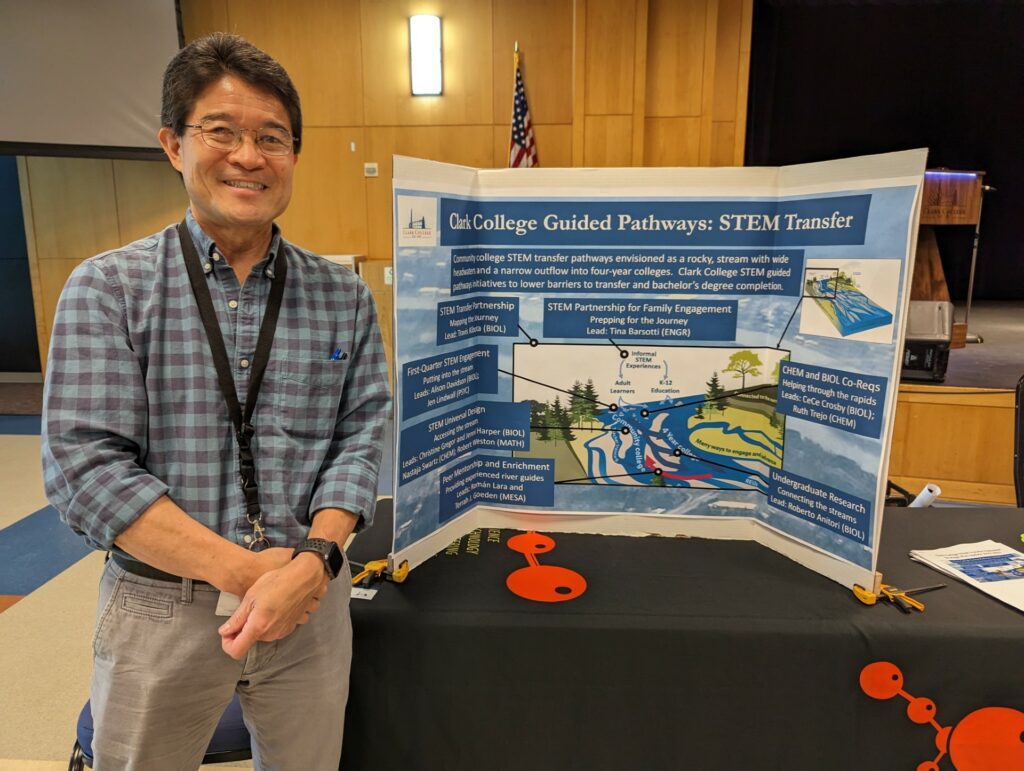
Clark’s STEM programs displayed their robust plan for infusing Guided Pathways principles for STEM students transferring to four-year colleges.
Dr. Travis Kibota, a biology professor who is leading the Guided Pathways STEM transfer piece, said Clark is building connections with research communities at four-year institutions, including WSU Vancouver, Portland State University, Eastern Washington University, and others.
Dr. Roberto Anitori is a biology professor and the STEM lead for connecting Clark’s STEM students with undergraduate research opportunities. This summer two Clark biology students will participate in paid research internships in labs at WSU Vancouver.
Dr. Anitori said, “Undergraduate research—it’s the new, hot thing. Data backs it up, demonstrating it keeps students engaged.”
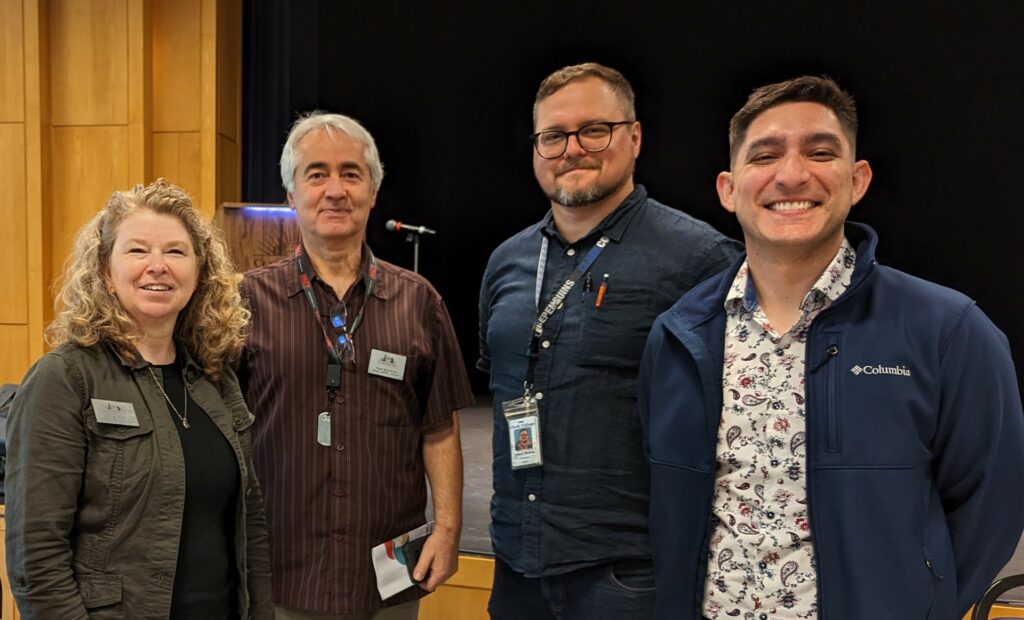
Clark’s MESA (Mathematics Engineering Science Achievement) program is the lead for peer mentorship and enrichment for Clark’s STEM students. Román Lara, director of MESA, said MESA provides mentorships between students at Clark College and Washington State University Vancouver. It also provides opportunities for Clark students to participate in enrichment workshops at Portland State University.
In addition to STEM, exhibits from English, Math, College 101, Teaching and Learning Center (TLC) and Open Educational Resources (OER) and other emerging programs were represented.
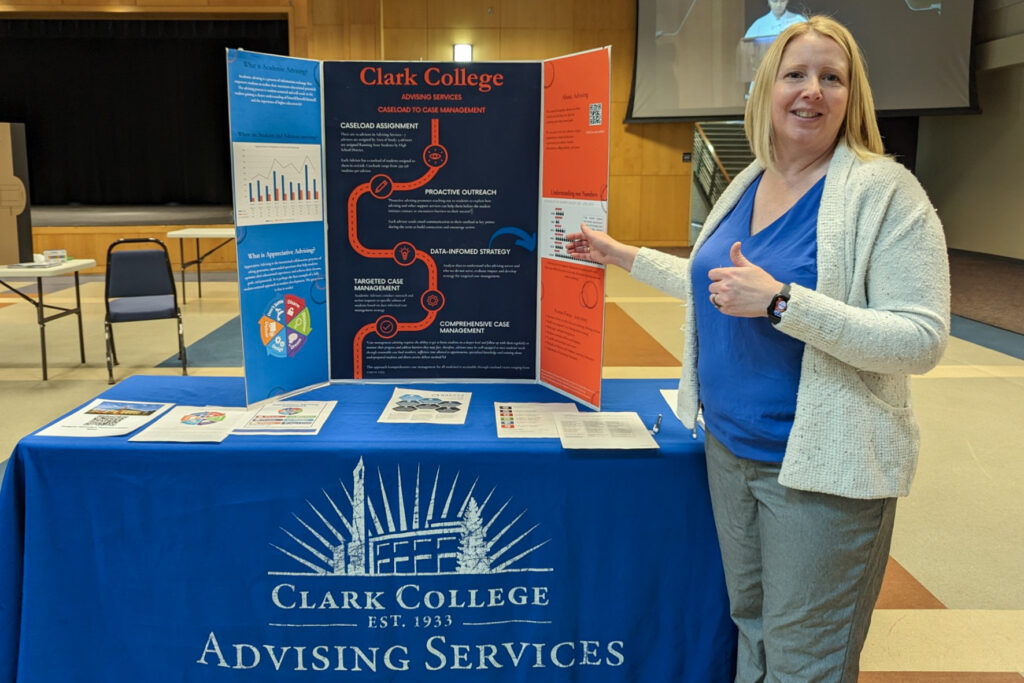
Advising and Career Services have several projects in the SBCTC Guided Pathways 2022-2024 state work plan. The department participated in the Guided Pathways Fair with displays revealing useful information, such as the fact that more than twice as many Clark students choose to meet with academic advisors virtually as compared to in-person visits. Tasaday Turner, associate director of Advising Services, explained that her department is working to increase clarity on who is and who is not using their services.
She said, “It’s important for Advising to understand the populations we’re serving, and the populations we’re not serving. We want to dig deeper to ensure all students have access to advising.”
Additional Student Affairs areas participating in the Guided Pathways Fair included Entry Services, Credentials, Disability Support Services, and others.
Several displays highlighted the many outreach activities funded by Guided Pathways this academic year, including CTE Showcase Day, Level Up, Noche de Familia, Black Student and Family Day, and ODEI success coaches.
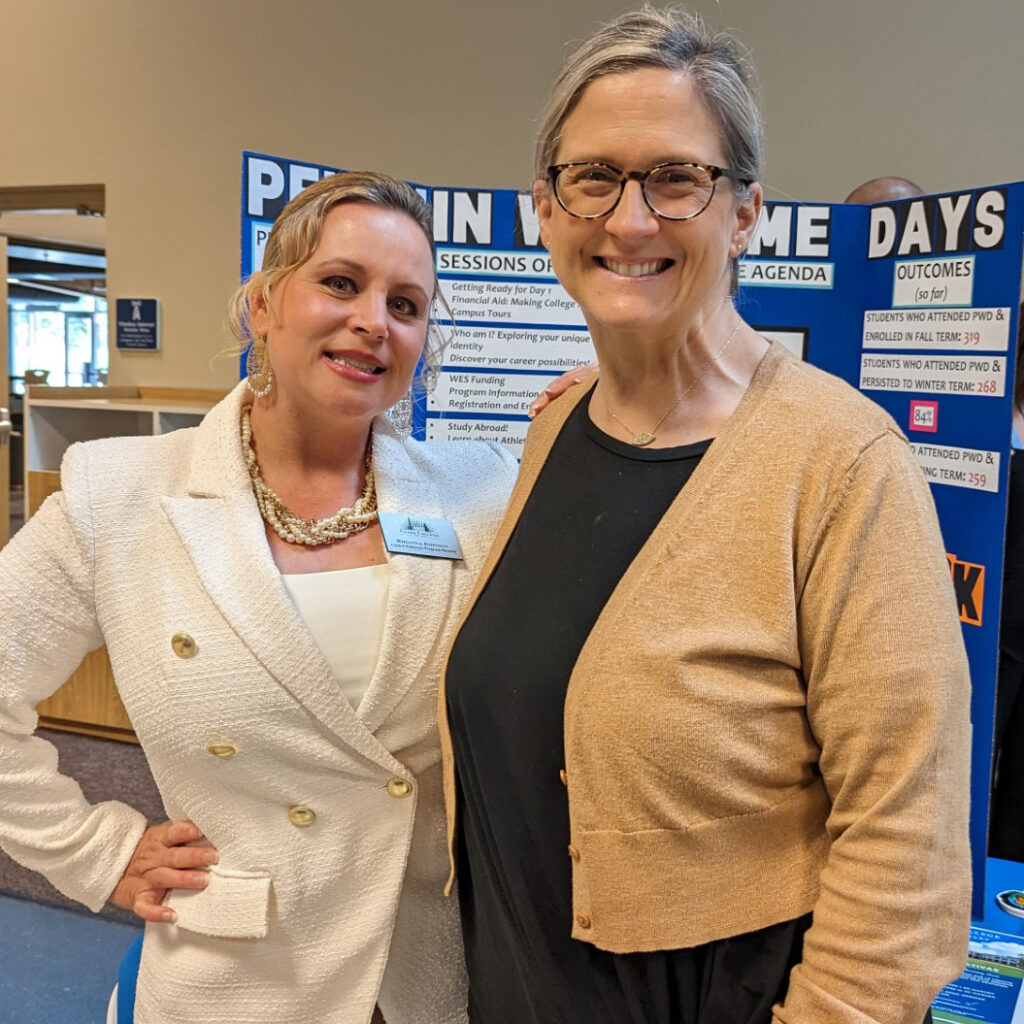
Workforce Southwest Washington Marnie Farness
Rhianna Johnson, Director of Guided Pathways and Partnerships and organizer of the fair, said about the Fair’s success: “It was great to see the turnout and engagement from the campus community. Exhibitors enjoyed putting together their displays and having the opportunity to share information in a livelier format than the typical slide deck. Some participants reported that they were surprised to learn how much activity has taken place during the year related to Guided Pathways.”
About Guided Pathways
- Guided Pathways vision: A college that advances racial, social, and economic justice by achieving equitable student aspiration, access, economic progress, and educational and career attainment.
- Guided Pathways mission: Creating an equitable system that prepares all learners to engage in a diverse society and workforce, achieve economic mobility through educational attainment, and contribute to a socially just society.
- Listen to Penguin Pathways Podcast
- Learn more about Guided Pathways here
About Clark’s Strategic Enrollment Management Plan
- With feedback and input from departments across campus, the SEM plan is designed to advance racial, social, and economic justice by achieving equitable student outcomes in terms of aspirations, access, economic progress, and educational and career attainment.
- Learn more about SEM here.
Photos: Clark College/Susan Parrish


